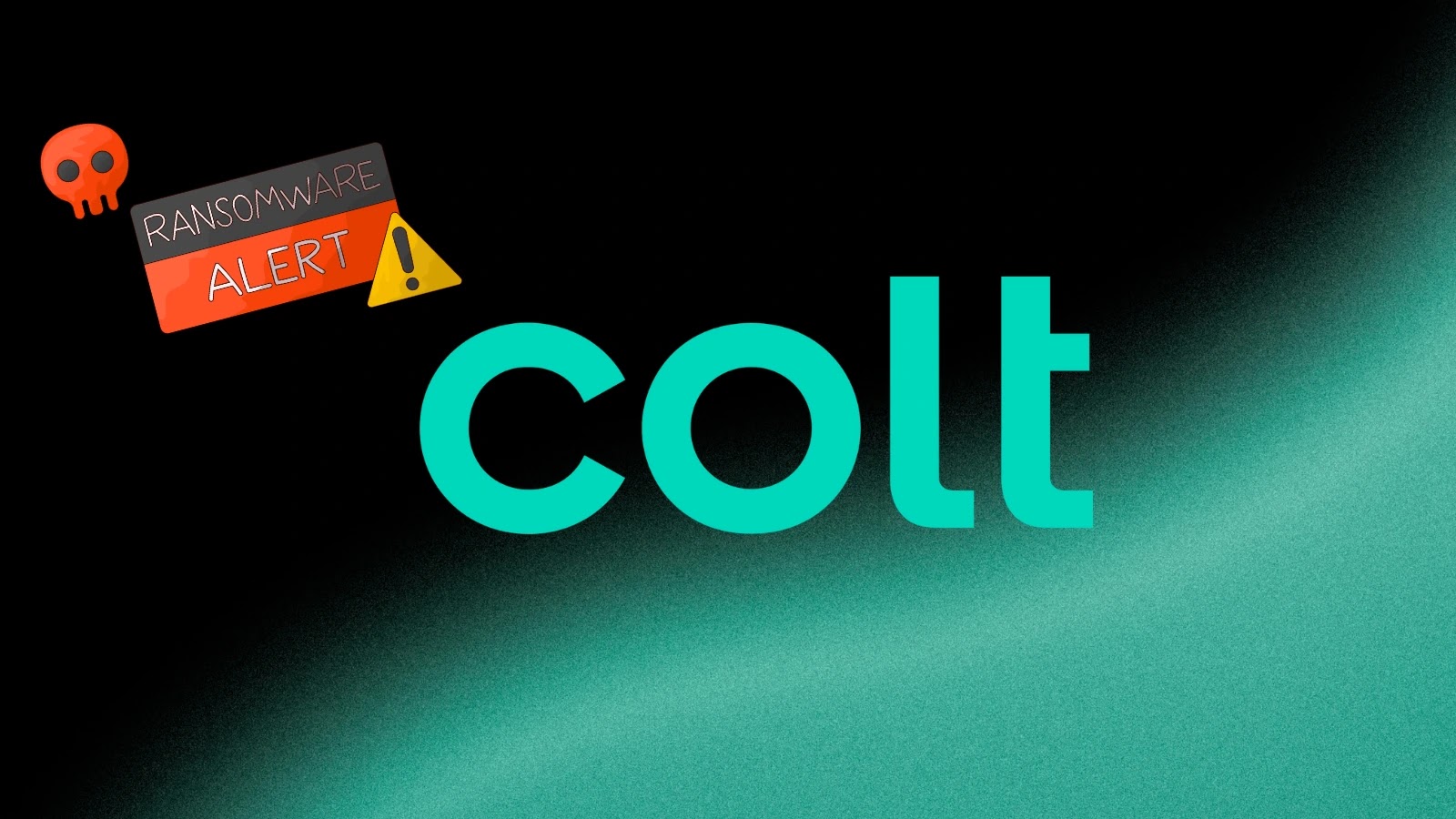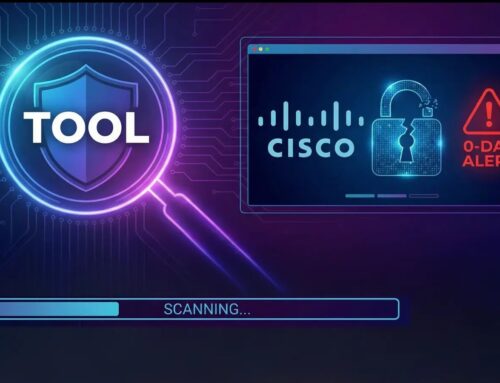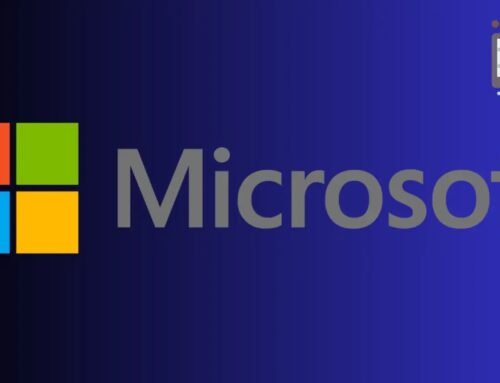
Colt Confirms Customer Data Stolen in Ransomware Attack
Colt Confirms Customer Data Stolen: A Deep Dive into the Ransomware Breach
The telecommunications industry, a cornerstone of global connectivity, has once again been rattled by a significant cyber incident. Colt Technology Services, a major player in telecommunications, has confirmed a sophisticated cyberattack that led to the compromise and theft of customer data. This breach, which began on August 12, 2025, underscores the persistent threat of ransomware and the critical need for robust cybersecurity defenses across all sectors. As expert cybersecurity analysts, understanding the nuances of such attacks and their implications is paramount for safeguarding digital assets.
The Anatomy of the Colt Ransomware Attack
According to reports, the threat actors successfully infiltrated Colt’s systems and gained access to sensitive files containing customer information. The breach escalated when these attackers publicly posted various document titles on the dark web, a tactic often employed by ransomware groups to pressure victims into paying a ransom. While the specific ransomware strain or initial access vector has not been publicly disclosed, such attacks typically involve phishing, exploiting unpatched vulnerabilities, or compromised credentials. This incident immediately triggered Colt’s incident response protocols, including containment measures and notification of law enforcement agencies.
- Attack Start Date: August 12, 2025
- Affected Data: Sensitive customer information
- Threat Actor Tactic: Public posting of document titles on the dark web
- Immediate Actions: Containment and law enforcement notification
Implications of a Telecommunications Data Breach
A data breach within a telecommunications giant like Colt carries far-reaching consequences. For customers, the exposure of sensitive information can lead to various forms of identity theft, fraud, and targeted spear-phishing attacks. For Colt, the breach results in significant reputational damage, potential financial penalties under data protection regulations (like GDPR if applicable), and substantial costs associated with incident response, forensics, and system hardening. The incident also highlights the systemic risk within supply chains, as telecommunication providers are vital links for countless businesses and critical infrastructure.
Ransomware: A Persistent and Evolving Threat
The Colt incident serves as a stark reminder of the pervasive threat posed by ransomware operations. These attacks continually evolve in sophistication, employing tactics such as double extortion (encrypting data and exfiltrating it for public release), triple extortion (adding DoS attacks to the mix), and targeting supply chains to maximize impact. Organizations must recognize that effective defense against ransomware requires a multi-layered approach, encompassing proactive threat intelligence, robust preventative controls, and well-rehearsed incident response plans. The financial and reputational costs of a successful ransomware attack far outweigh the investment in comprehensive cybersecurity measures.
Remediation Actions and Proactive Defenses
While the specific vulnerabilities exploited in the Colt attack are not publicly known, organizations can implement several critical remediation actions and proactive defenses to bolster their resilience against similar threats:
- Patch Management: Implement a rigorous and timely patch management program for all operating systems, applications, and network devices. Unpatched vulnerabilities, like those referenced in historical CVEs such as CVE-2021-44228 (Log4Shell) or CVE-2023-34362 (MOVEit Transfer), are prime targets for initial access.
- Endpoint Detection and Response (EDR)/Extended Detection and Response (XDR): Deploy EDR/XDR solutions across all endpoints to provide real-time threat detection, investigation, and response capabilities.
- Multi-Factor Authentication (MFA): Enforce MFA for all user accounts, especially for remote access, privileged accounts, and cloud services, to significantly reduce the risk of credential compromise.
- Network Segmentation: Implement strong network segmentation to limit lateral movement of attackers within the network, even if an initial breach occurs.
- Data Backup and Recovery: Regularly back up critical data using the 3-2-1 rule (three copies of data, on two different media, with one offsite copy) and test recovery procedures to ensure business continuity.
- Employee Training: Conduct regular cybersecurity awareness training for employees to educate them about phishing, social engineering, and safe computing practices.
- Incident Response Plan: Develop, test, and regularly update a comprehensive incident response plan, including communication protocols and roles/responsibilities.
- Threat Intelligence Integration: Subscribe to and integrate relevant threat intelligence feeds to stay informed about emerging threats and attacker tactics, techniques, and procedures (TTPs).
Relevant Cybersecurity Tools for Enhanced Resilience
| Tool Name | Purpose | Link |
|---|---|---|
| CrowdStrike Falcon Insight XDR | Advanced endpoint detection and response, threat hunting | https://www.crowdstrike.com/ |
| Veeam Backup & Replication | Comprehensive data backup and disaster recovery | https://www.veeam.com/ |
| Nessus Professional | Vulnerability assessment and penetration testing | https://www.tenable.com/products/nessus/ |
| Microsoft Azure Sentinel | Cloud-native SIEM for security analytics and threat intelligence | https://azure.microsoft.com/en-us/products/microsoft-sentinel/ |
| KnowBe4 Security Awareness Training | Employee security awareness and phishing simulations | https://www.knowbe4.com/ |
Key Takeaways from the Colt Breach
The Colt Technology Services data breach serves as a powerful reminder for all organizations, regardless of sector, that no entity is immune to sophisticated cyberattacks. Key takeaways include:
- The importance of continuous vigilance against evolving ransomware tactics.
- The critical role of rapid incident response and law enforcement collaboration.
- The necessity of a multi-layered cybersecurity defense strategy, integrating technology, processes, and people.
- The severe consequences of data breaches on customer trust and organizational reputation.
Organizations must proactively strengthen their defenses, regularly assess their attack surface, and prepare for the inevitability of a sophisticated cyber incident. The time to act on cybersecurity is always now.





